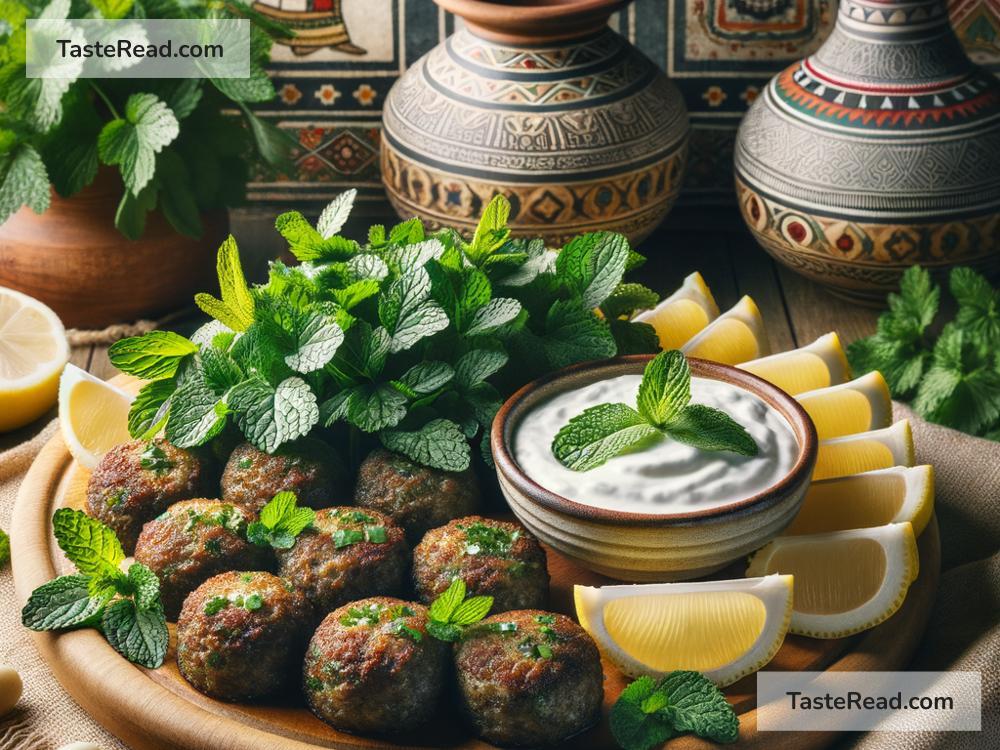Journeying Through the Aromatic Richness of Lebanese Kibbeh
Food is a universal language that connects people and cultures. Among the many cuisines of the world, Lebanese food stands out for its incredible flavors, vibrant ingredients, and rich traditions. One dish that truly represents Lebanon’s culinary heritage is kibbeh. This savory creation isn’t just a meal—it’s a journey into the heart of Lebanese culture.
In this article, we’ll explore what kibbeh is, its ingredients, how it’s made, and why it holds such a special place in Lebanese kitchens.
What Is Kibbeh?
At its core, kibbeh (pronounced “kee-beh”) is a combination of bulgur wheat, minced meat, and spices. It’s often described as a “national dish” of Lebanon, and it’s beloved for its versatility. Kibbeh isn’t just one dish—it’s many. It can take different forms, based on how it’s prepared and served. For instance:
- Kibbeh Nayeh: Raw kibbeh, often enjoyed like a tartare-style dish, eaten fresh with olive oil, onions, and bread.
- Fried Kibbeh: Deep-fried balls or patties filled with seasoned ground meat, pine nuts, and onions.
- Baked Kibbeh: A layered casserole-like version that’s baked in the oven until golden brown.
- Stuffed Kibbeh: Hollow football-shaped kibbeh filled with aromatic ingredients and fried to perfection.
Kibbeh can even be shaped into smaller portions for frying, rolled thin for baking, or flattened into discs and grilled over charcoal. It’s an incredibly adaptable dish, making it perfect for family dinners, festive occasions, and street food.
The Key Ingredients
To understand the magic of kibbeh, we need to focus on its ingredients. They are simple, yet together they create a complexity of flavors and textures. Here’s what you’ll most commonly find in kibbeh:
-
Bulgur Wheat: Bulgur is a cracked wheat that serves as the foundation for kibbeh. You soak it in water to soften it before mixing it with the other ingredients. It gives kibbeh its earthy taste and chewy texture.
-
Ground Meat: Traditionally lamb or beef is used, but some variations include chicken or fish. The meat is finely minced to blend seamlessly with the bulgur.
-
Spices: Kibbeh owes much of its flavor to the spices, which are bold yet balanced. These include allspice, cinnamon, cumin, and black pepper. Some recipes even add dried mint for an herbaceous twist.
-
Onions: Onions add sweetness and depth to the meat mixture. Some people prefer sauteed onions in the filling, while others use them raw in the mixture.
-
Pine Nuts: Pine nuts are often included in the filling to add a crunchy texture and nutty flavor.
-
Olive Oil: Olive oil is a staple of Lebanese cuisine, and it’s often drizzled over kibbeh, especially the raw version.
The Art of Making Kibbeh
Preparing kibbeh is a communal activity in many Lebanese households. Families often gather in the kitchen to mix, knead, fill, and shape the kibbeh together.
Here’s a simplified way to understand the process:
-
Preparing the Dough: The bulgur wheat is soaked in water until it softens. Then, it’s mixed with ground meat, finely chopped onions, and spices to form a smooth dough.
-
Making the Filling: If you’re making fried or baked kibbeh, you’ll need to prepare a seasoned filling. This usually includes ground meat cooked with onions, spices, and pine nuts.
-
Shaping and Cooking: The kibbeh dough can be shaped into balls, patties, or hollow football shapes, which are then stuffed with filling if needed. Fried kibbeh is crispy on the outside and tender within, while baked kibbeh develops a golden crust.
For kibbeh nayeh, the mixture is served raw with a drizzle of olive oil, fresh herbs, and sides like pita bread, pickled vegetables, and mint.
Kibbeh’s Place in Lebanese Culture
Lebanese kibbeh isn’t just food—it’s a tradition. In many Lebanese families, recipes for kibbeh are passed down through generations. Grandmothers teach their grandchildren how to knead the dough just right, how to layer it perfectly, and how to achieve that signature football shape for frying.
Kibbeh often takes center stage during holidays and celebrations. It’s also a symbol of hospitality, frequently offered to guests as a way of welcoming them warmly.
Kibbeh Variations Across Regions
While Lebanon is famous for kibbeh, variations of the dish can be found across the Middle East. In Syria, kibbeh is made with a slightly different blend of spices. In Armenia, it’s known as “kufta” and often baked with tomato paste. Even within Lebanon, the recipe may change slightly depending on the region.
Some creative cooks have brought kibbeh into modern times by experimenting with ingredients. For example, vegetarian versions use pumpkin or potatoes instead of meat, while seafood kibbeh swaps the lamb for fish or shrimp.
Why Kibbeh Is Worth Trying
If you’ve never tried Lebanese kibbeh, you’re missing out on a world of rich, aromatic flavors. Kibbeh is not only delicious but also a reflection of Lebanese history and culture. Each bite feels like a story told through spices, textures, and traditions.
Whether you’re enjoying raw kibbeh at a traditional Lebanese table, savoring fried kibbeh as street food, or sharing baked kibbeh with friends and family, the dish connects people in a meaningful way.
So, next time you’re craving something hearty, flavorful, and cultural, dive into the aromatic richness of Lebanese kibbeh. Your taste buds—and your soul—will thank you!
In Lebanese cuisine, kibbeh is more than just food; it’s love served on a plate.


